DIY Wooden Blinds
Safety first: Ask an adult to help with tools you haven’t used before.
What you’ll need:
- Wooden boards of your choice
- Slat Hangers (split ring/swivel/binder ring combination)
- 1/2″ metal conduit
- 2 curtain rod brackets
- 16-gauge copper wire
- Work gloves
- Safety goggles
- Screwdriver
- Crosscut saw
- Hacksaw
- Drill
- 1/4″ and 1/8″ drill bits
- Pocketknife
- Sandpaper
- Needle-nose pliers
What you’ll do:
1. Measure the width of the inside of the window frame and cut the conduit so that it is 1″ shorter than your measurement. Set aside the number of slats that you need.
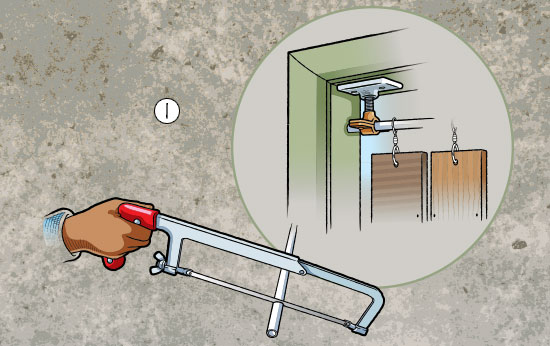
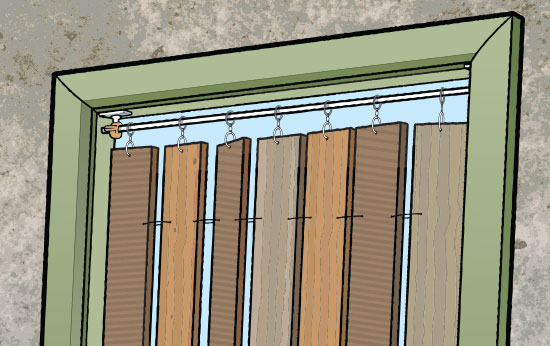
2. Assemble the curtain rod brackets. Screw both of the 3⁄8″ ceiling plates in place. Screw the 3⁄8″ threaded rods into the ceiling plates. Screw the top of the pipe hangers onto the threaded rods.
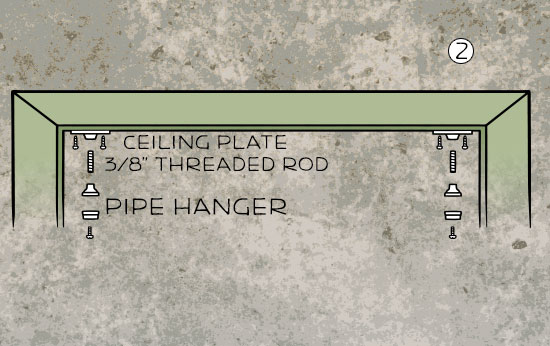
3. Connect a fishing split ring to the top ring of the swivel. Connect the binder ring to the bottom ring of the swivel. This is a slat hanger; make one for each slat.
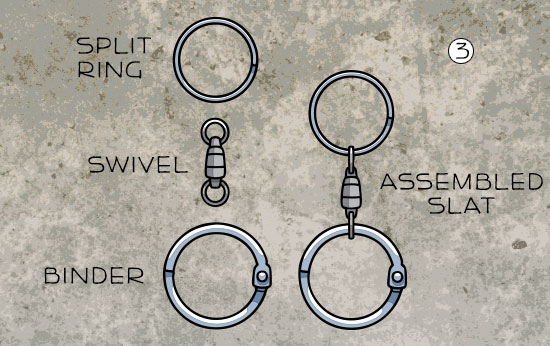
4. Slide the assembled slat hangers onto the conduit. Attach the conduit to the curtain rod brackets.
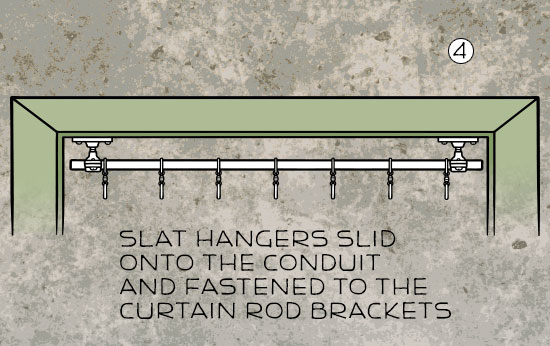
5. Saw the boards to the proper length.
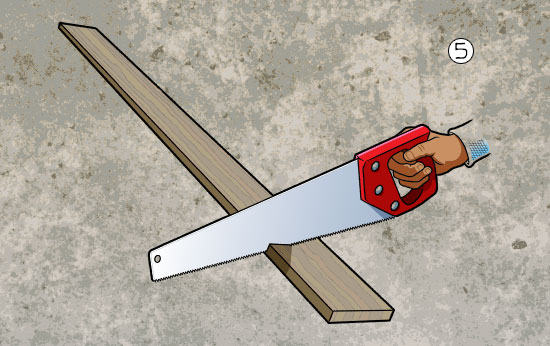
Go green! Try using a pallet.
Choose one that’s in good shape, because old pallets can be cracked, splintered and tough to work with. Put on safety goggles and work gloves. Use a flat pry bar and claw hammer to take apart the pallet.
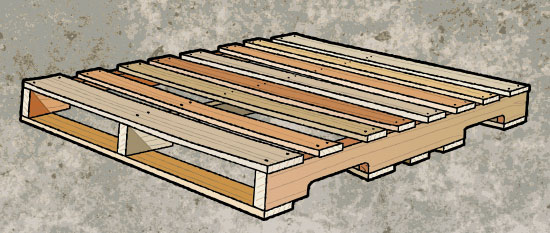
6. Drill a 1⁄4″ hole in the center of each slat 1⁄2″ down from the top. Drill 1⁄8″ holes, 1⁄4″ in from the edge of each slat as shown. If you’re using pallet wood, shave off any splinters with your pocket knife and sand the slats.
Thread the wires through the 1/8″ holes and twist them neatly together from the back.
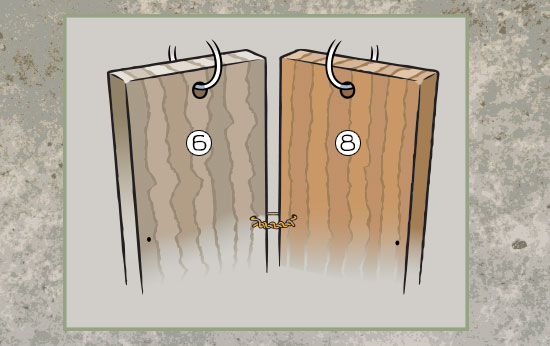
7. Hang the slats onto the slat hangers.
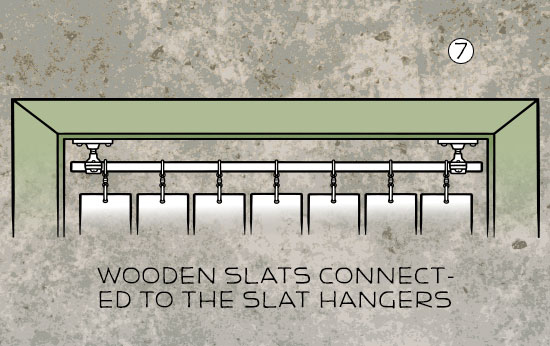
8. Connect the slats together by threading the wire through the 1⁄8″ holes, twisting them neatly together from the back. Your wooden blinds are complete.
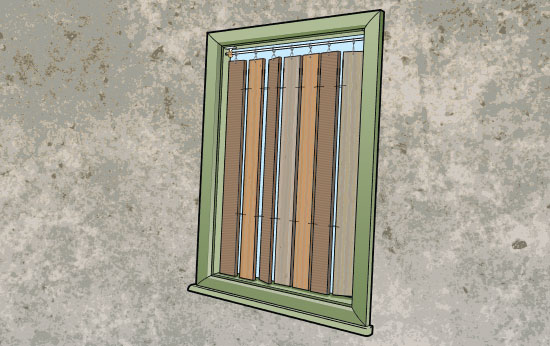
great idea and thanks for the warning lionsden
When using pallets make sure they are NOT labeled with an “MB”, “EUR” , or are colored!These have been treated with toxic chemicals! The colored ones are usually owned by the company and may have been used in transporting toxic substances. Look for ones marked with “DB” (bebarked – untreated), “HT” (heat-treated only), or “EPAL” (European – debarked and heat-treated).
So gonna do it!
Cool and Wow! I don’t like this I love it!
Awesome idea!